Choosing a Team Yankee List for your IDF force and paint it Part 2: Infantry and air vehicles
By Paolo Paglianti
Time to complete our IDF force. we saw the tanks and the armored vehicles, so now we will move to the Infantry, helos, and airplanes.
Having assembled and painted our Merkava 2s, the Perehs, the M113s, and some artillery/AA, we are still missing the infantry. IDF infantry is really good in defending an objective, and they can unleash a powerful volley of shots on any enemy moving to assault them. In our list, we chose to do a single infantry platoon, relying on a double Merkava 2 platoon to assault enemy positions.
The IDF infantry uniform has a greenish sand main color: I used Vallejo Yellow Green (70.881) for the base color, adding some German Yellow (70.806) and white for the highlight. The backpack and stripes were painted in Iraqui Sand (70.819) mixed with white. To create some depth, all miniature is washed with Agrax Shade from Games Workshop. After the wash is dry, you can give some highlights. Part of the helmet is painted in Reflective Green (70.890).
For Team Yankee in 15mm, the infantry bases are an unmissable opportunity to do some small dioramas, so I took some time to study historical photos of the 1980s looking for some inspiration. I wanted to have all – different bases, but credible in an urban and sub-urban context. Also, since in the future I could expand this single platoon with another platoon to deploy the mech infantry company, I wanted to have some of them with a “street” background and some with a more “agricultural” one. The idea is to have, in the future, a way to instantly distinguish the first platoon (with “street” bases) and the second one (“crop fields” one) while I play, maybe defending an objective with the two platoons.
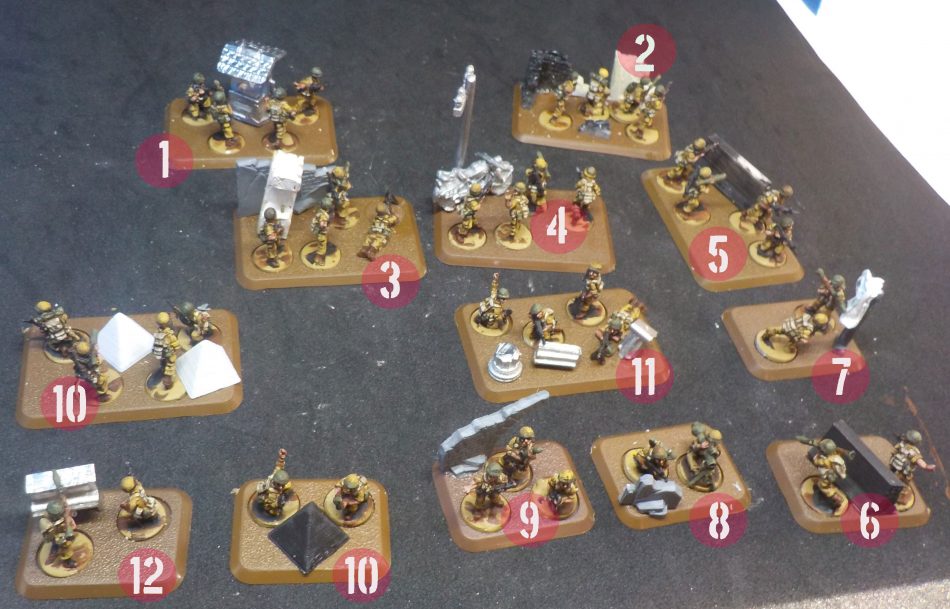
1 – The well . Not much work on this, just glue it to the base and place some infantry around.
2 – The two walls (I painted one of them black to show they come from different sets) have been cut off from two . The original bases were too big for this project. Leave the rest in your “bitz box” – never throw away them!
3 – What could be more “80ies” than a coin-op videogame? I sculpted the coin-op machine in Green Stuff, and then I flattened the surface with some putty. I painted some Pac-Man and Ghosts on the side to help to understand what it was.
4 –From some old Battlefront kits, I dug out a Russian motorbike and a high voltage pole. I had to build with some spare parts of the handlebar. I also added an oil drum
5 and 6 – I 3D printed some Jersey barriers; you can find lots of interesting stuff on , you just need to scale it down to the right dimensions. The base color is a dark grey, highlighted with a lighter tone. The biggest flaw in 3D printing, the surface being never totally flat, here is a plus because it gives a really nice “concrete” effect. I know the yellow and black stripes are not that “historical” but I like them.
7 – I went on some historical archives and I discovered that phone booths in Israel had a blue “bubble” around, so I sculpted one in green stuff. This version you see here was a first attempt gone wrong. To help understand it’s a phone booth, I painted a yellow circle with a phone icon.
8 – Some rubbles I found in my “various bits” box, coming probably from a very old Games Workshop box
9 – For the CinC, I found in the same box a broken arc. The walls in the Middle East are in general yellowish/sand tone, with white surfaces.
10 – These “Dragon Teeth” come from , but I think you can find something similar on Thingiverse. As with the Jersey barrier, the flaws in the printing give a very good concrete look.
11 – A broken pillar from the . To paint it, just use abundant Agrax Earthshade wash on a yellowish background.
12 – A piano from
This is the final result, before doing base surfaces
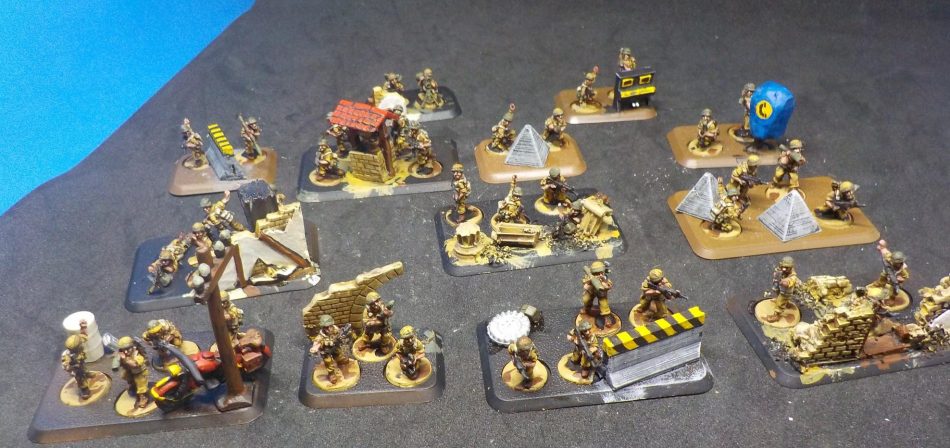
Never glue the soldiers before the base is done: I did just to show you the project in all its steps, from the idea to final result.
The final touch will be to paint the flat bases. Half of them will have the “crop field” base, so it’s the usual mix of sand with grass turf. Just remember, in Middle East there will be more brown-ish turfs than green ones. The other half will have a paved road look: the first step is to fill any base hole with some liquid putty (Tamiya Putty 87.053, cheap and very liquid, or the Vallejo Plastic Putty, 70.400). Once dry, paint the base of a dark grey and do some drybrush with a lighter tone. To be really effective, you need to paint road lines – in Israel, they were white or yellow.
Final look after basing

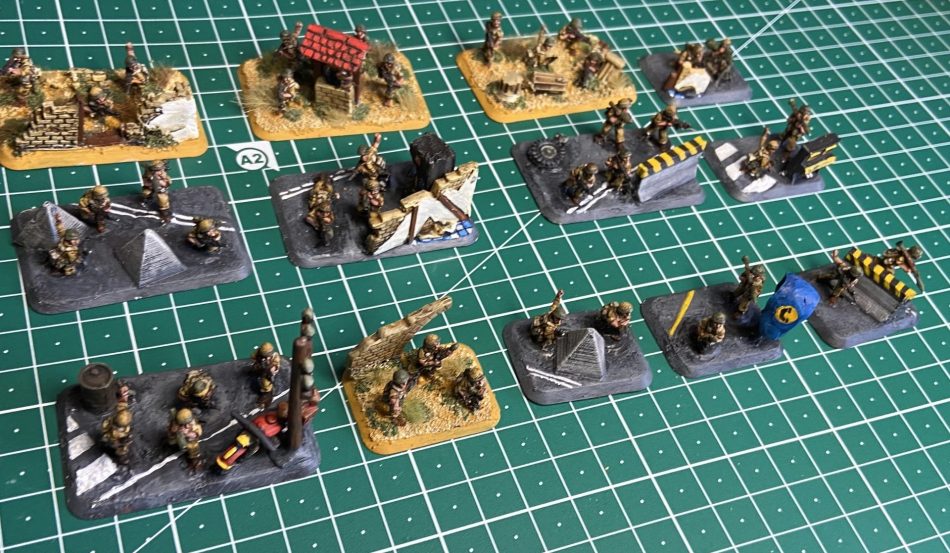
“All your base are belong to us” – Gallery (click to enlarge – the feature continues after the long gallery!)
Helicopters
My IDF force will have a strong presence in the air. The first element will be a full platoon of Cobras – IDF callsign is Viper. Since I really like the Apache, I decided to do two Cobras (from the BF kit) and two Apaches (Revell 1:100).
Assembling the Cobra is really easy, . However, my advice is to mount the skids and the weapons after having painted and finished the main body of the helicopter, because the weapons will have a different color and the skids are an obstacle when you mount them. The Revell Apache is a bit more “demanding” to assemble since it’s full of details. Even if you are going to paint the canopy, you need to place the seats and the cockpit because they support the lower part and gear.
The helicopters have a color similar to the Merkevas, but lighter and more sandy. I used the same mix of the Merkava – Tamaya XF 49 Khaki (50%) and XF 20 Medium Grey (40%), but adding XF 59 Desert yellow (10%). After painting the base, I added some white to the mix to do a light “paneling”.
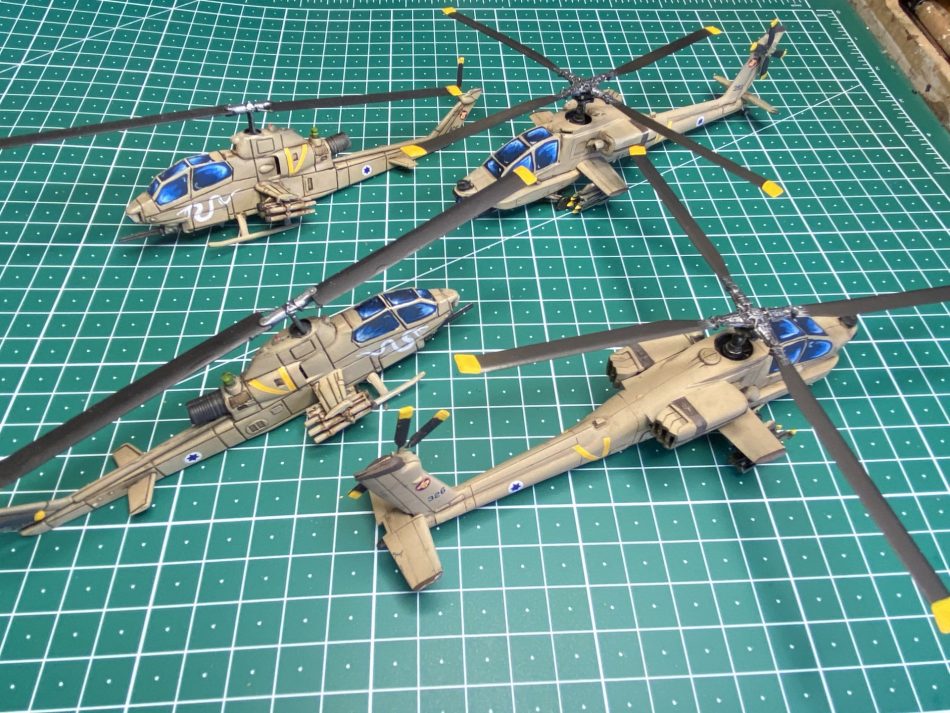
To do the black lines between panels, I used the Dark Brown AK Interactive wash (AK045). This wash is super watered down, so if you place the point of the brush in the “line”, the color will flow – like magic – in the line. Let the wash dry for at least 15-20 minutes, then use the odorless White Spirit from AK with a soft tissue or cotton bud to remove the excess. You can alternatively use the Tamiya Panel Line black (87131) – it’s very similar, but it has already a very small brush to “hit” the panel lines on aircraft.
After cleaning the wash excess, you just need to add some small details, like the tips of the rotor blades in yellow. You can also add the characteristic “viper” signs on the flanks, using the decal available in the BF box. Since I am going to play (a lot, I hope) with these models, I protect them with Decal Fix (Vallejo 73.213).
The canopies have a very dark blue background, mixing some black to the darkest blue color I found in my color box. You need to build a lighter tone on one of the corners of each windows panel. I normally start with a tiny pure white line, and begin to apply various layers of blue + white – the trick is to use water-downed color, giving a “glaze” on the background color.
Another trick with aircraft is to paint the weapon docks in a different color: they are applied before the mission, so they can’t always be of the same color of the camo. For the IDF helicopters, I painted them in a darker tone – for the US ones (Olive Drab), for example, I used the Reflective Green.

Fighters
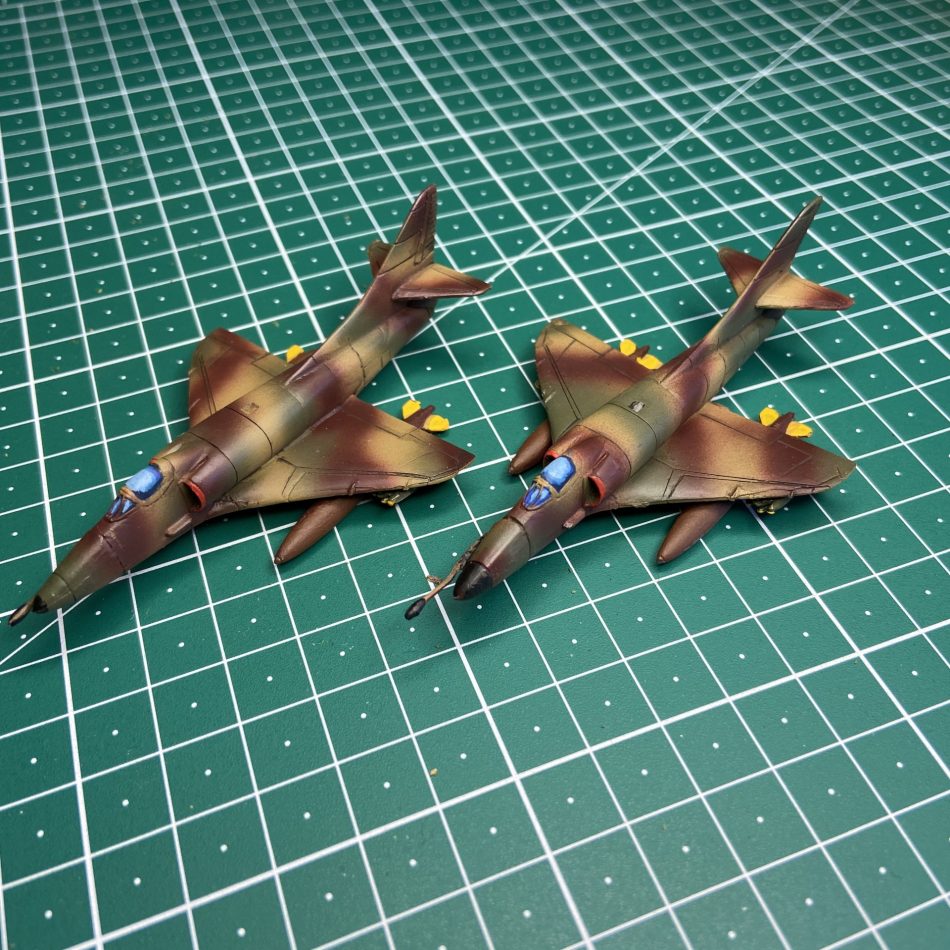 Time to paint the Skyhawks. These very small and tiny fighters cost only 6 points, and have a double role: they attract enemy AA fire, leaving more space and survivability to the more precious Cobra-Viper; and also can kill a decent amount of low-armor scouts – if a scout moves in a rough short terrain, it doesn’t count the cover nor the gone to ground against airplanes. And they are very good also against enemy helicopters.
Time to paint the Skyhawks. These very small and tiny fighters cost only 6 points, and have a double role: they attract enemy AA fire, leaving more space and survivability to the more precious Cobra-Viper; and also can kill a decent amount of low-armor scouts – if a scout moves in a rough short terrain, it doesn’t count the cover nor the gone to ground against airplanes. And they are very good also against enemy helicopters.
I based them with Vallejo Primer Desert Yellow (28.015), and then I added stripes of green (Tamiya XF-11) and brown (XF-09 Hull Red). Again, it’s important to paint the two underwing tanks in a different shade of brown.
The Base for planes/helos
A final touch is the base with the destroyed T55. It comes from Peter Pig. I glued the T55 on a wooden base slightly bigger than the T55 one, and I glued a BF Aerial stand. I had to cut out part of the plastic base. I covered with some cheap modeling (l in every shopping mall) and then with some sand. I also added a couple of Jersey barriers to give a final touch.
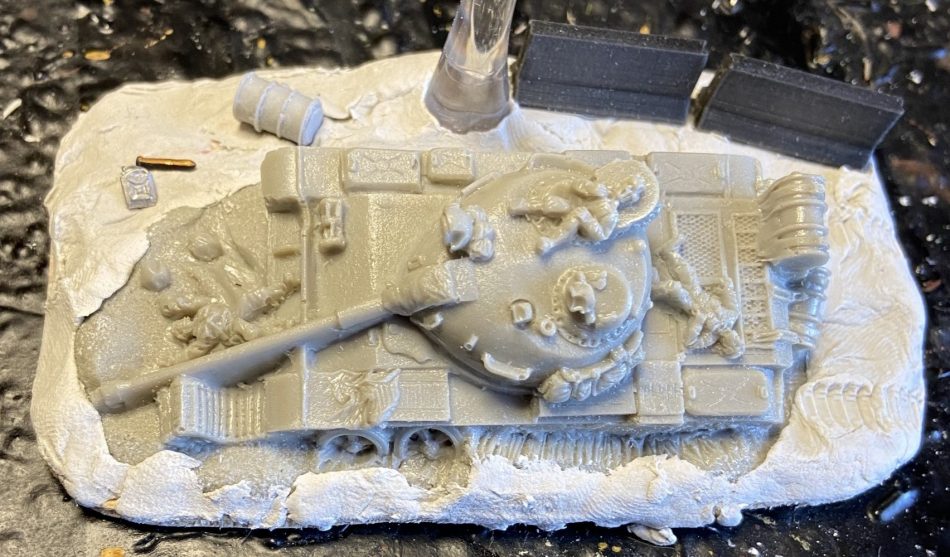
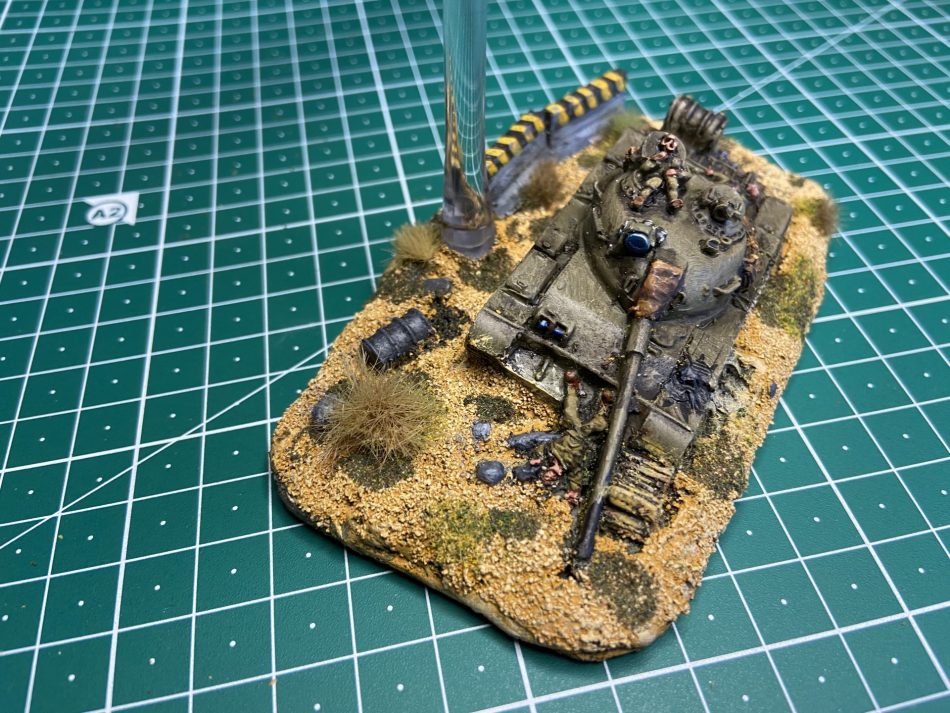
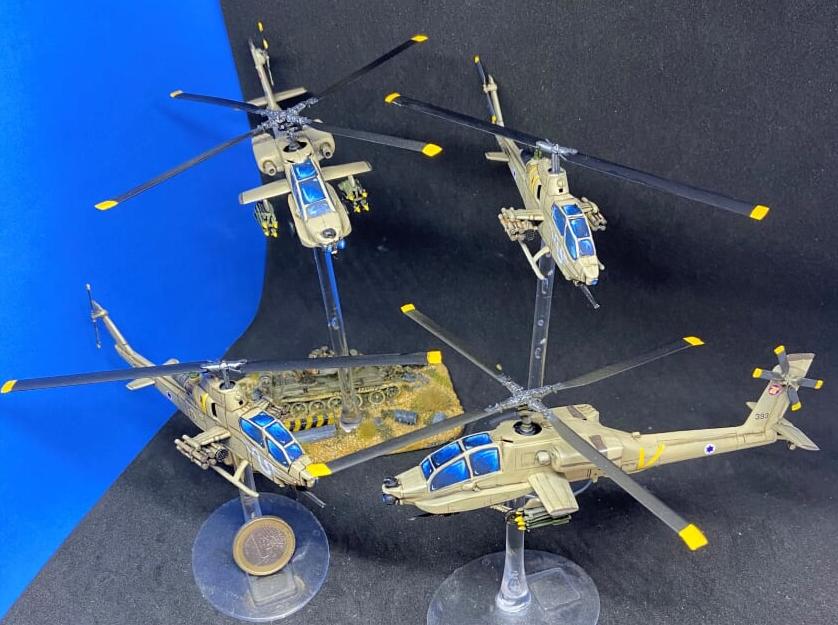 That’s it: the IDF army is now ready to deploy, at least when the Coronavirus lockdown will be lifted. Be safe, and let me know in the comments if you enjoyed these two features on painting the IDF army, maybe suggesting the army you’d like I’ll paint for my next “painting guide” for NDNG!
That’s it: the IDF army is now ready to deploy, at least when the Coronavirus lockdown will be lifted. Be safe, and let me know in the comments if you enjoyed these two features on painting the IDF army, maybe suggesting the army you’d like I’ll paint for my next “painting guide” for NDNG!

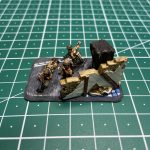
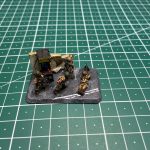
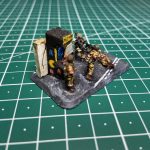
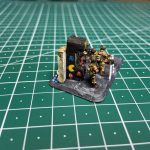
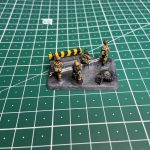
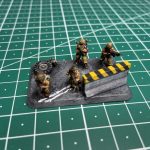
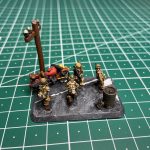
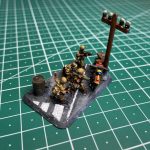
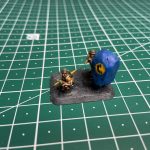
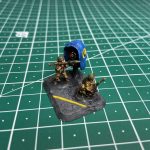
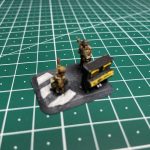

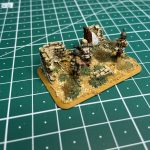
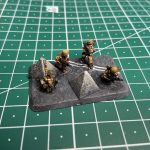
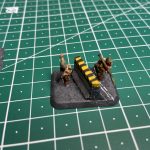
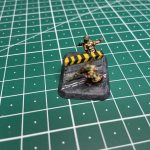
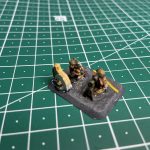
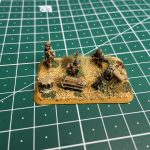
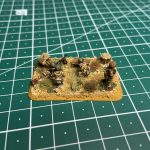
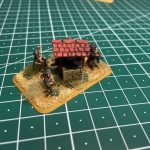
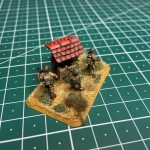
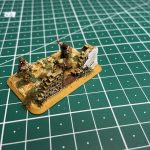
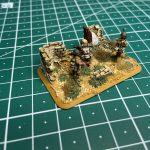
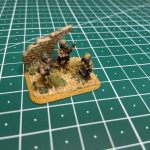
Absolutely superb, great detail and theme. Loveingly crafted models.
Thanks a lot 🙂
What an excellent army you produced in this article: very stimulating!!
Thanks Recce 🙂